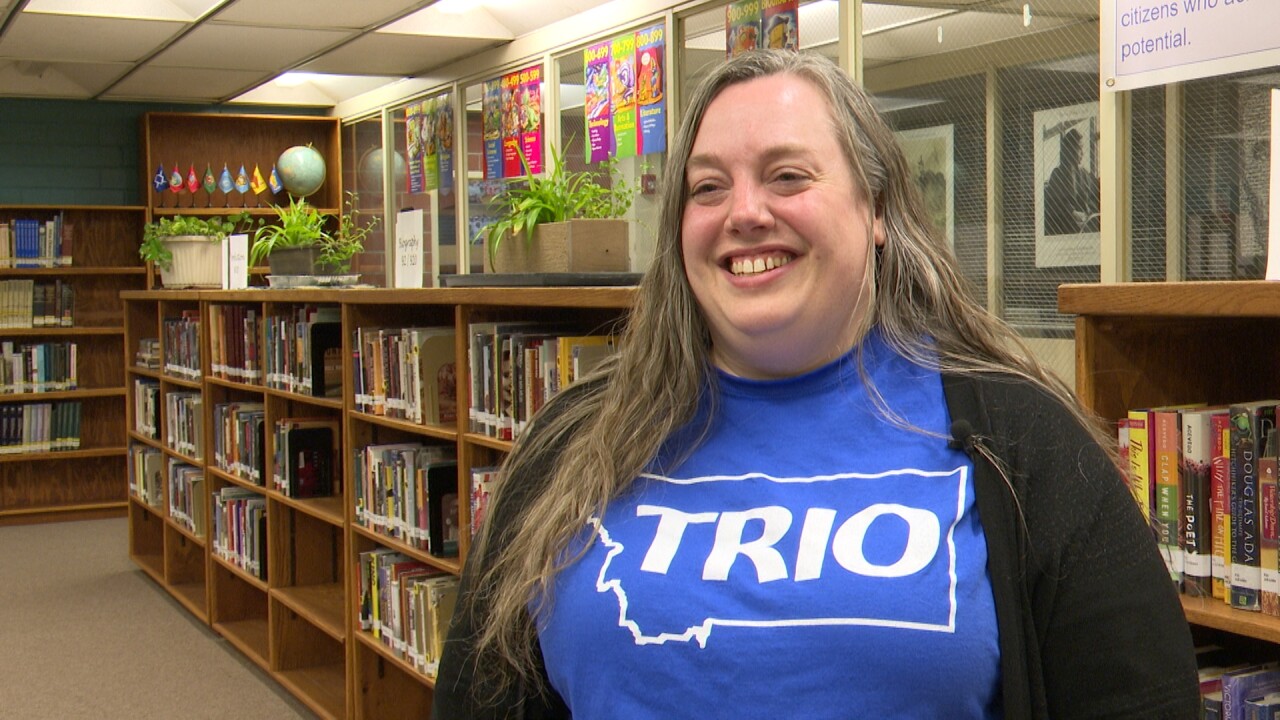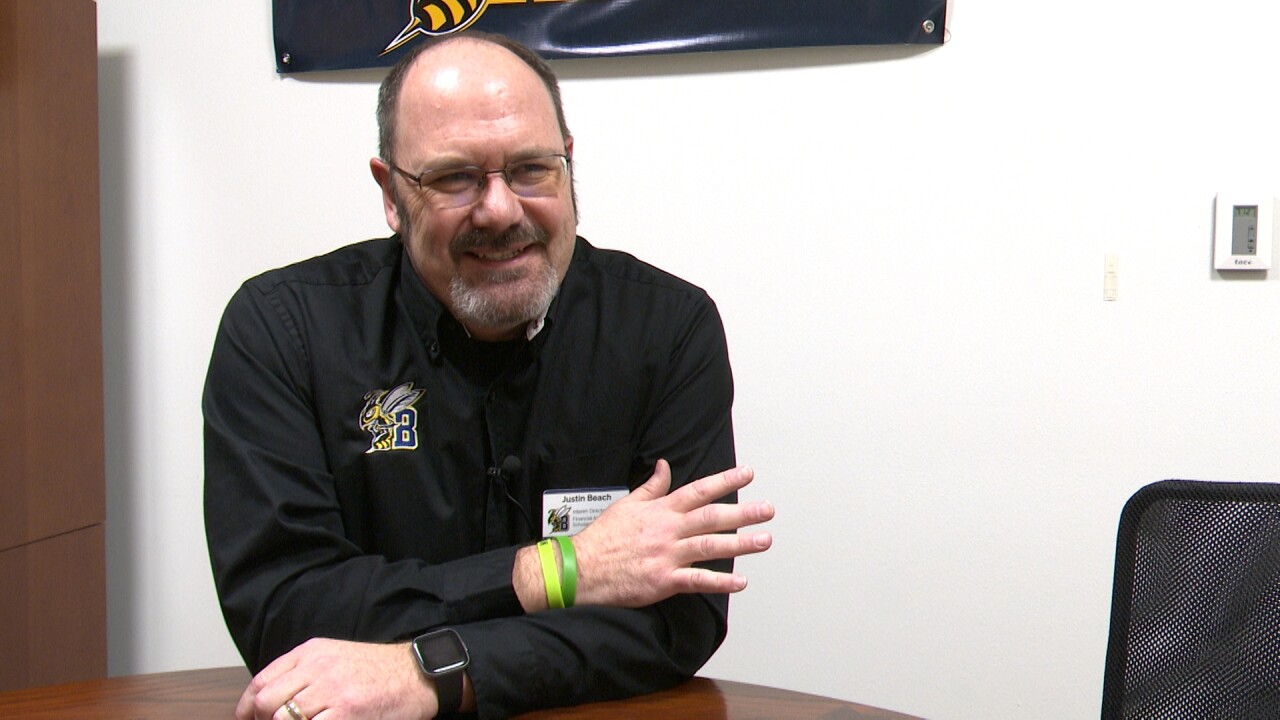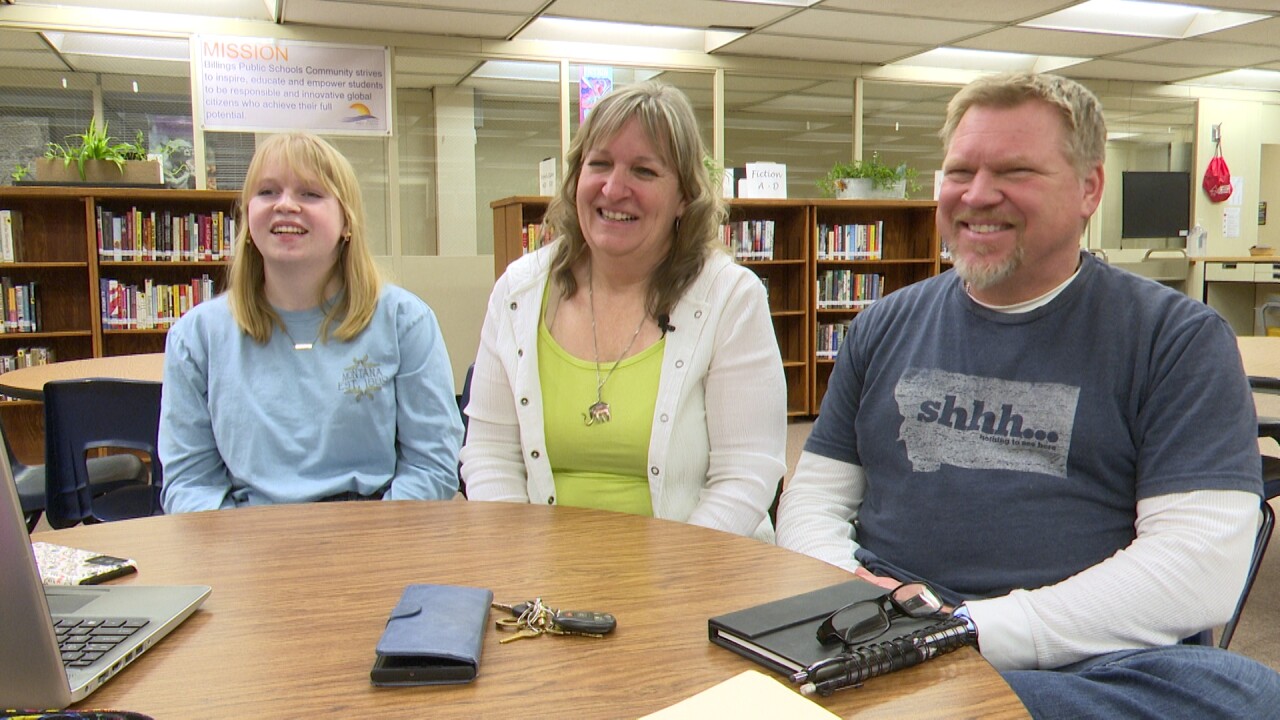BILLINGS — Educators in Billings are helping students and parents prepare for big changes when they apply for financial aid for college. this year.
The Billings Career Center put on a "FAFSA Night" last week for parents and their students to attend and receive help filling out the new form.
The Free Application for Federal Student Aid, or FAFSA, can be filled out by any college student to help qualify for loans, grants, and work-study programs. The application works by asking over 100 questions about the students and their parents' personal and tax information to then calculate how much financial aid they should receive. Recently, the Department of Education rolled out a new FAFSA form, changing not only how the form is filled out, making it easier and quicker, but also how aid is granted, allowing more students to qualify for financial assistance.
Barb Waters is the associate director of the TRIO talent search upward-bound programs and has been assisting students with FAFSA forms for almost 20 years. She says that despite all of her experience, this new process is also new for her.
"We had some great success with some families. Other families hit some roadblocks. For me, it was a really great learning opportunity. Seeing all of those mistakes makes it easier to help the next person who runs into those mistakes," said Waters.
Aubrey Ryder was one senior in attendance with her parents, Lynette and David Ryder. The Ryders received assistance from Waters throughout the night and felt that the session was helpful.

"I expected it to be much more complicated than it was going to be than it ended up being. To fill it out, and then get help on the sections, because I’ve filled out college forms and it is complicated,” said Aubrey Ryder.
“It did help to be here,” added David Ryder.
The form has been simplified down to fewer questions, from over 100 questions to now 36, making it faster to fill out. Over 600,000 more students nationwide will now qualify for Pell Grants, and parents will be able to retrieve their tax information online through the IRS rather than entering it manually.
“Your parents are now called contributors, so the way the FAFSA works now is a student would log in and indicate who is going to contribute information to the FAFSA application, and then that email would be sent to the contributor, and the contributor would be asked to log in and complete their portion of the FAFSA application,” said Justin Beach, the interim director of financial aid at Montana State University Billings.
However, the form has created delays by opening on Dec. 30, about three months later than the normal date of Oct. 1.
Aubrey Ryder already knows she wants to go into nursing at MSUB, but other students looking to go to college are not always as prepared. Oftentimes, students will choose a school based on which one will grant the most financial assistance. With this new delay, students could have less time to pick a college. Universities are even uncertain when financial aid award letters will be handed out.
"Award offers are usually sent out as soon as possible, so it’s with this delay, it’s hard to determine when aid offers are going to go out," said Beach. "Everybody is shooting to have them out as soon as possible, but it’s hard to give a deadline right now because we don’t have the information from the Department of (Education)."

Other FAFSA changes include eliminating a discount designed for students with siblings in college, including farm and small-business assets to parents' net worth (which will mean less aid for some farm and ranching families in Montana) and changing parts of how the federal government determines financial aid.
"That changes the formula behind the FAFSA, changed what a family might be expected to have resources to give to a student for their education," said Beach. "So it went from a zero EFC range to a high EFC range, and that kind of determines how much need-based aid you were going to have. This SAI changed, can now be a negative 1500 to whatever the higher end is. Not that it really changed that amount, but it gives schools now an indication of maybe what a higher-need student is throughout that range."
While these changes might seem confusing, the important part is to ask for help and still fill out the form.
"There’s a lot of people willing to help with this process, and so we never want someone to think that they either can’t afford to go to college or the process is too overwhelming. There are agencies like mine like TRIO programs or other agencies like Reach Higher Montana that will help you through this whole process, and so it’s great to just ask for help," said Waters.
All changes are aimed at improving the system and giving students more money for college, despite temporary challenges along the way.
“I feel like for the amount of things that you can get from it, from scholarships, financial aid, it’s well worth an hour of your time, for sure,” said Lynette Ryder.

MSUB will be hosting its own financial aid help nights for students on Tuesdays through the end of February from 4 p.m. to 6 p.m. in the Student Union Building.




